What is Indigenous Americas-Eastern South America DNA Ethnicity on Ancestry?
In this article we will be looking more closely at the Indigenous Americas Eastern South America DNA region. We will look at where it is and who the indigenous people of that region were. So to find out more about your DNA ancestors of this region read on.
History of Humans in the Americas
The Land Bridge
Although there is no exact date for when humans first arrived in the Americas there are several prevailing theories. The most common one of course being the land bridge theory. During the last ice age between 19,000 – 8700 BC, sea levels were 100 feet below the modern-day. This was due to vast quantities of water being frozen in glacier form.
During that last ice age, the Bering sea as we know it today was actually a land bridge reaching all the way to Siberia. It is thought that around 14,000 years ago stone age hunters and gatherers followed game across this land bridge and became the first humans to settle within the Americas.
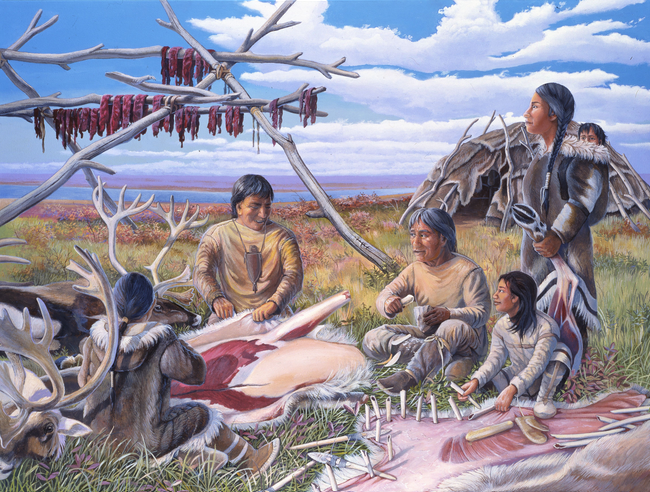
It is also believed that gradually these settlers then headed deeper into the Americas, traveling south in small groups. Due to the ongoing effects of the ice age these groups remained small because conditions were not conducive with large settlements or nomadic tribes.
Today's Indigenous peoples likely descend from a now-vanished ancient group known as the Paleo-Siberians. In DNA testing Indigenous Americas DNA has little in common with modern-day Siberians but in 2019 a 10,000 year old skeleton found in Siberia did show notable similarities to modern-day Native peoples in the Americas.
Traveling by Sea
There exist several theories whereby early indigenous people of the Americas may have interacted and bred with oceanic explorers prior to the arrival of Columbus. In DNA tests taken of inhabitants of Rapa Nui (Easter Island), these people showed small sections of Native American DNA.
Easter Island is over 2000 miles away from the closest contact with the Americas which would be the coast of Chile. The DNA suggests that these Easter Islanders had a Native American Ancestor from around 1280 – 1495 A.D. It is therefore likely these seafaring Polynesians made the trip to the Americas and some may have stayed.
Recent archaeological evidence also indicates that Vikings were present in the United States around the 11th century A.D. It is reasonable to assume there would be a possibility that some may have settled and assimilated into local tribes.
Indigenous Americas Eastern South America DNA Region
The indigenous Americas Eastern South America DNA region is a large genetic area on AncestryDNA which does indeed cover most of the eastern portion of South America. It principally encompasses the large country of Brazil but its sub-region of Argentina & Paraguay extends further south including almost all of Paraguay and a large portion of northern Argentina.
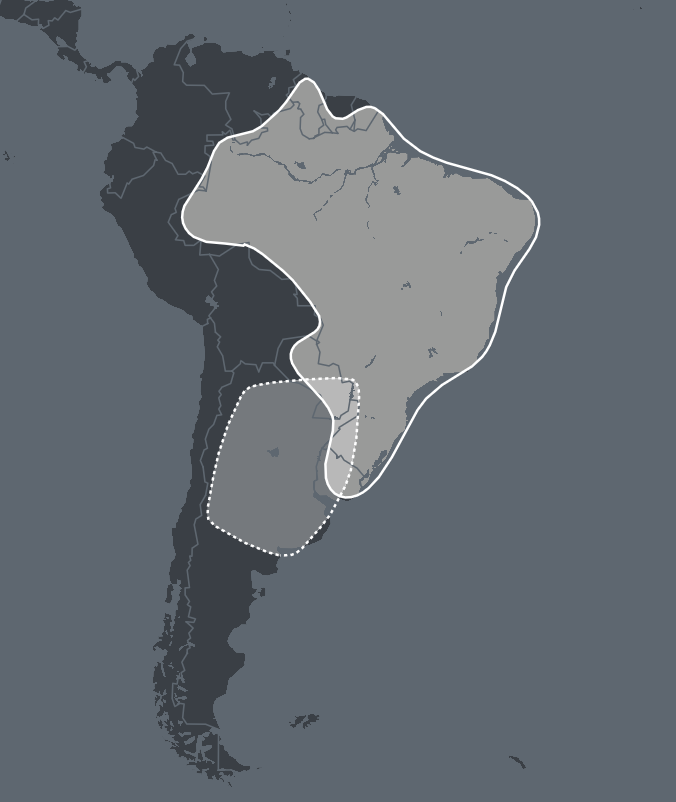
Brazil Indigenous History
When it comes to early human habitation in South America, a set of human remains near Pedro Leopoldo, Brazil indicate habitation at least 11,000 years ago. When you couple this with pottery finds in the area dating back to 6,000 BC that were found around the Amazon basin it becomes clear people have lived in the region for some time.
The region cannot boast the vast empires found further north and in Central America but when the Portuguese arrived they encountered a number of native groups already in residence. These indigenous peoples included the Tupis, Guaranis, Ges and Arawaks.
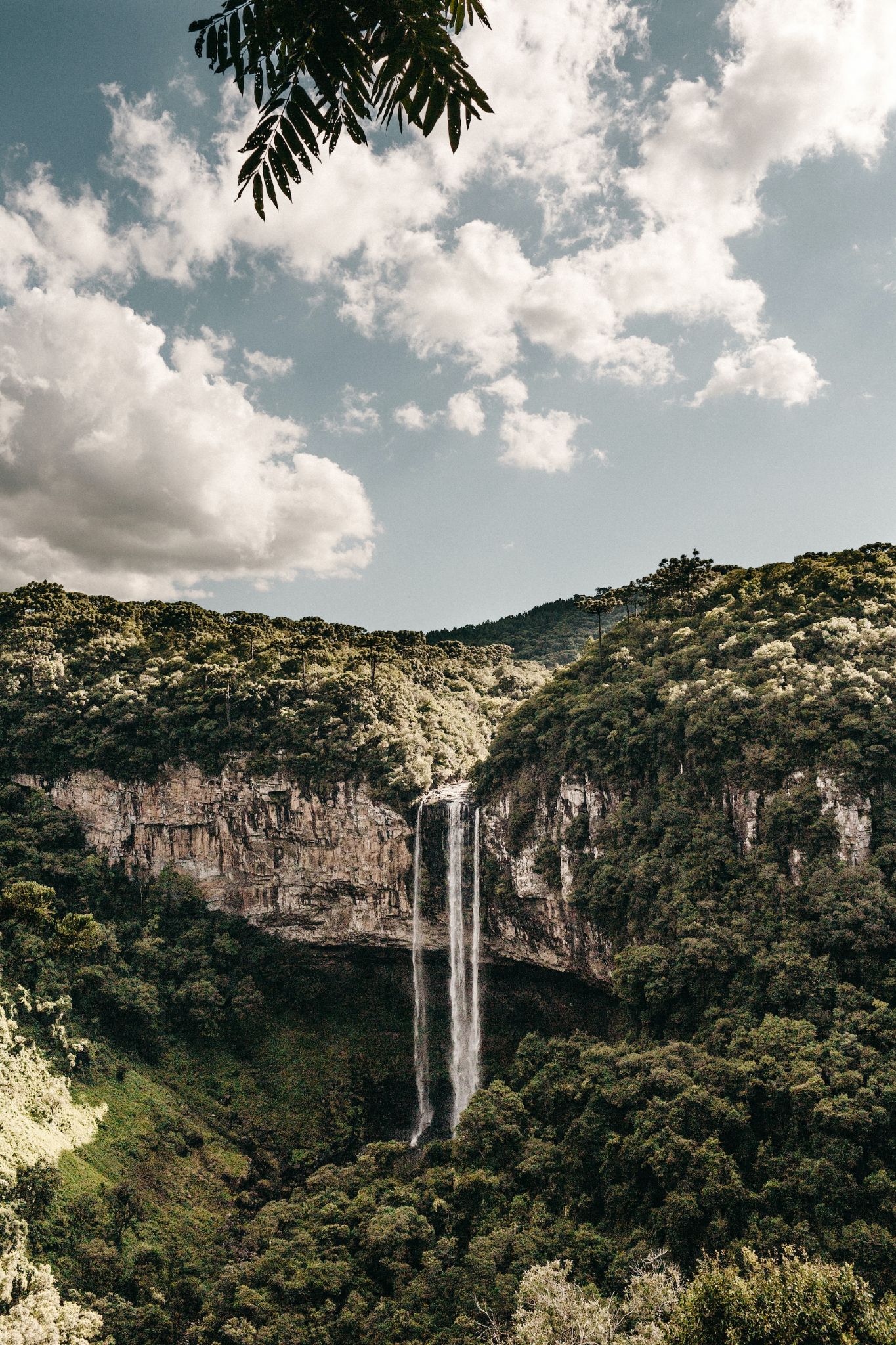
As was common throughout Central and South America these tribal groups held their own territories and maintained them through conflict. These could be brutal conflicts in which it was not unusual for incidents of ritual cannibalism to take place.
Their languages and cultures may have differed but most of the native groups favored power over heredity so when choosing a new leader a familial connection did not assure ascension.
Portuguese Arrival
The Treaty of Tordesillas between Spain and Portugal awarded the land we know as Brazil today to the Portuguese Empire. It was in 1500 that the Portuguese would arrive to lay claim quickly coming into contact with these warring tribes.
It would take several decades before Portugal actually founded its first settlement and a few more before an official project of colonization actually started. The vast region was carved into 15 private autonomous captaincies. This would quickly show itself to be a poor plan for the region.
A constant state of war would exist by the indigenous peoples of the region and the Portuguese for two centuries. Former warring neighbors would even form alliances to try and push back the European threat.
Paraguay Indigenous History
The Guarani, a group also found in Brazil, were indigenous to Paraguay from roughly 400- 500 Ad at least. They were the dominant nomadic tribe of the region and had a reputation as a warrior tribe. There were groups of the Guarani peoples however who settled to the east of Paraguay river and lived a more agricultural lifestyle.
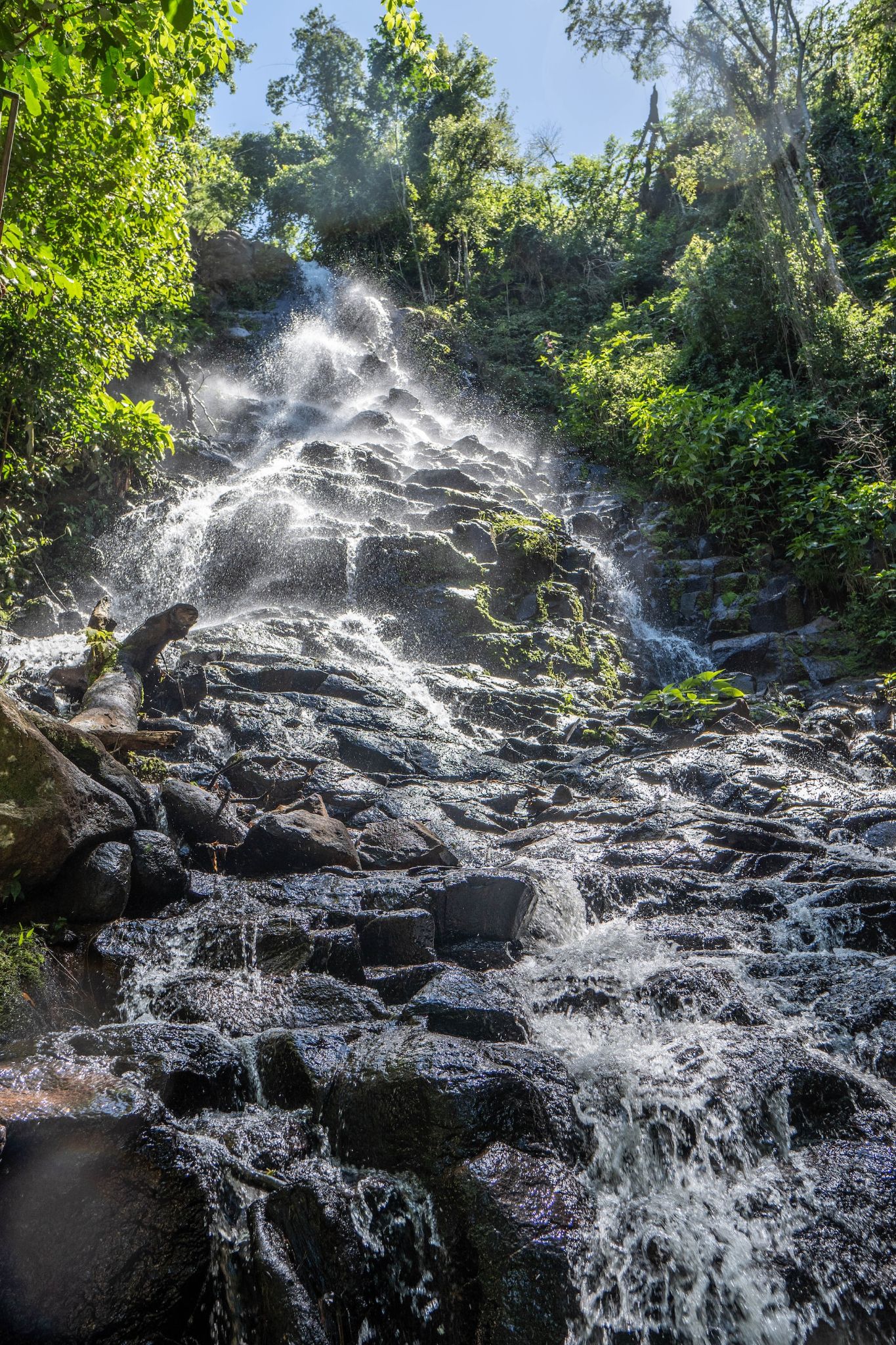
There were a number of different languages amongst the Guarani which would lead to divisions between the groups. Although related they would compete with each other for resources.
How Did You Inherit Indigenous Americas Eastern South America Region DNA?
It is important to note that due to the small number of original humans that likely crossed the land bridge and thousands of years of isolation, Indigenous DNA is very distinct. Over thousands of years it has changed enough however to pinpoint populations with common DNA such as the Indigenous Americas Eastern South America region.
As mentioned many individuals from South and Central America may have some Indigenous DNA based on intermarriage between early Spanish settlers and the local native groups in this case the Tupis, Guaranis, Ges and Arawaks.
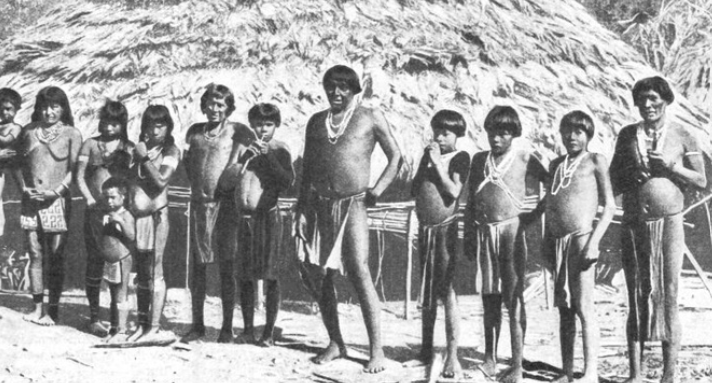
Depending on how high your percentage of Indigenous Americas Eastern South America DNA is, its origins can vary. If you have a high percentage you may have a recent ancestor who was almost 100% Indigenous. Often if this is the case you would likely have some idea of who this was.
In the case of lower percentages of Native DNA, it might be an indication of a more distant unknown indigenous ancestor. In order to discover this connection, you may have to do some deep research to try and pinpoint at what point that DNA entered your family tree.
Final Thoughts
The Eastern South America indigenous Americas people region is a vast region that prior to European settlement was rife with brutal warring between various native groups. The unique mixture of intermarriage and potential slave taking between tribes likely contributed to what is a unique indigenous DNA pattern still present today.
To be a descendant of this region is to have a connection to one of the most fertile and ecologically diverse places on the planet. And it is a connection to peoples who warred amongst their neighbors and battled the Portuguese for close to two centuries in an attempt to keep their cultures intact.
Link To or Reference This Page
We spent a lot of time downloading, cleaning, merging, and formatting the data that is shown on the site.
If you found the data or information on this page useful in your research, please use the tool below to properly cite or reference Name Census as the source. We appreciate your support!
-
<a href="https://namecensus.com/blog/what-is-indigenous-americas-eastern-south-america-dna-ethnicity-on-ancestry/">What is Indigenous Americas-Eastern South America DNA Ethnicity on Ancestry?</a>
-
"What is Indigenous Americas-Eastern South America DNA Ethnicity on Ancestry?". NameCensus.com. Accessed on May 2, 2024. https://namecensus.com/blog/what-is-indigenous-americas-eastern-south-america-dna-ethnicity-on-ancestry/.
-
"What is Indigenous Americas-Eastern South America DNA Ethnicity on Ancestry?". NameCensus.com, https://namecensus.com/blog/what-is-indigenous-americas-eastern-south-america-dna-ethnicity-on-ancestry/. Accessed 2 May, 2024
-
What is Indigenous Americas-Eastern South America DNA Ethnicity on Ancestry?. NameCensus.com. Retrieved from https://namecensus.com/blog/what-is-indigenous-americas-eastern-south-america-dna-ethnicity-on-ancestry/.
